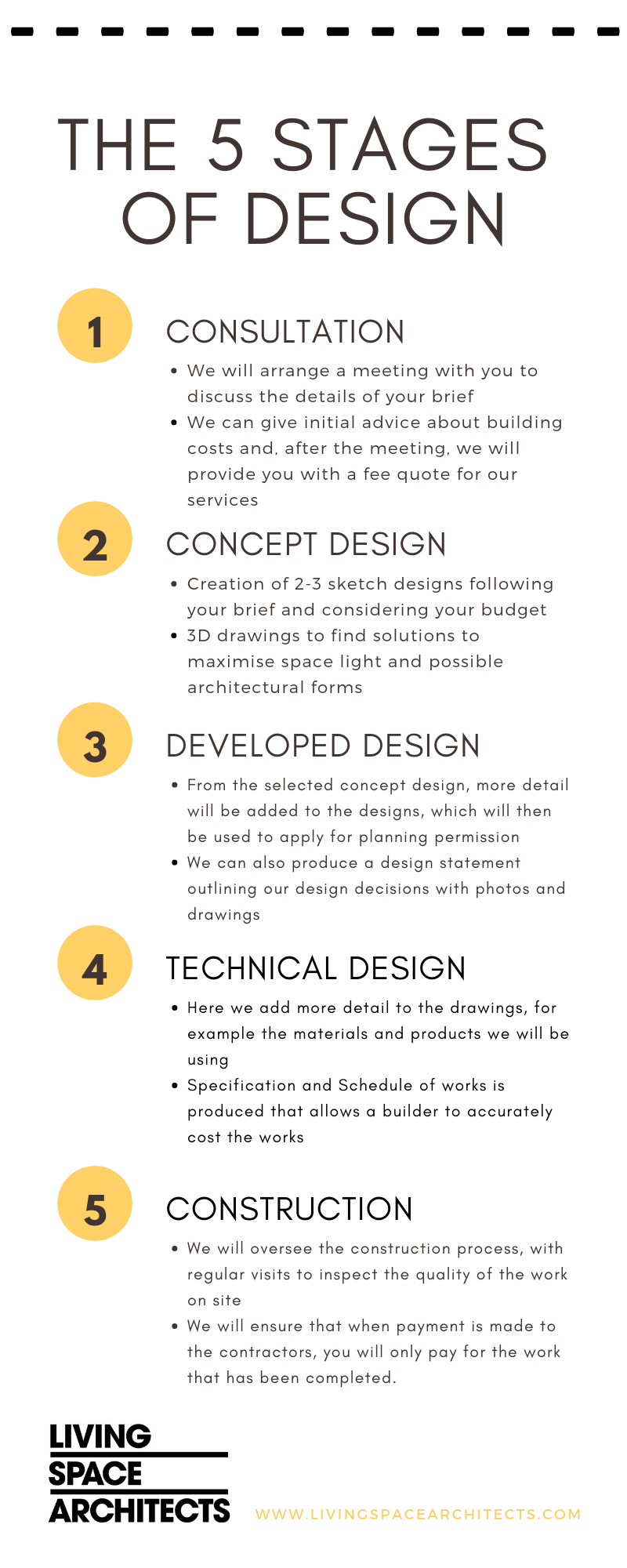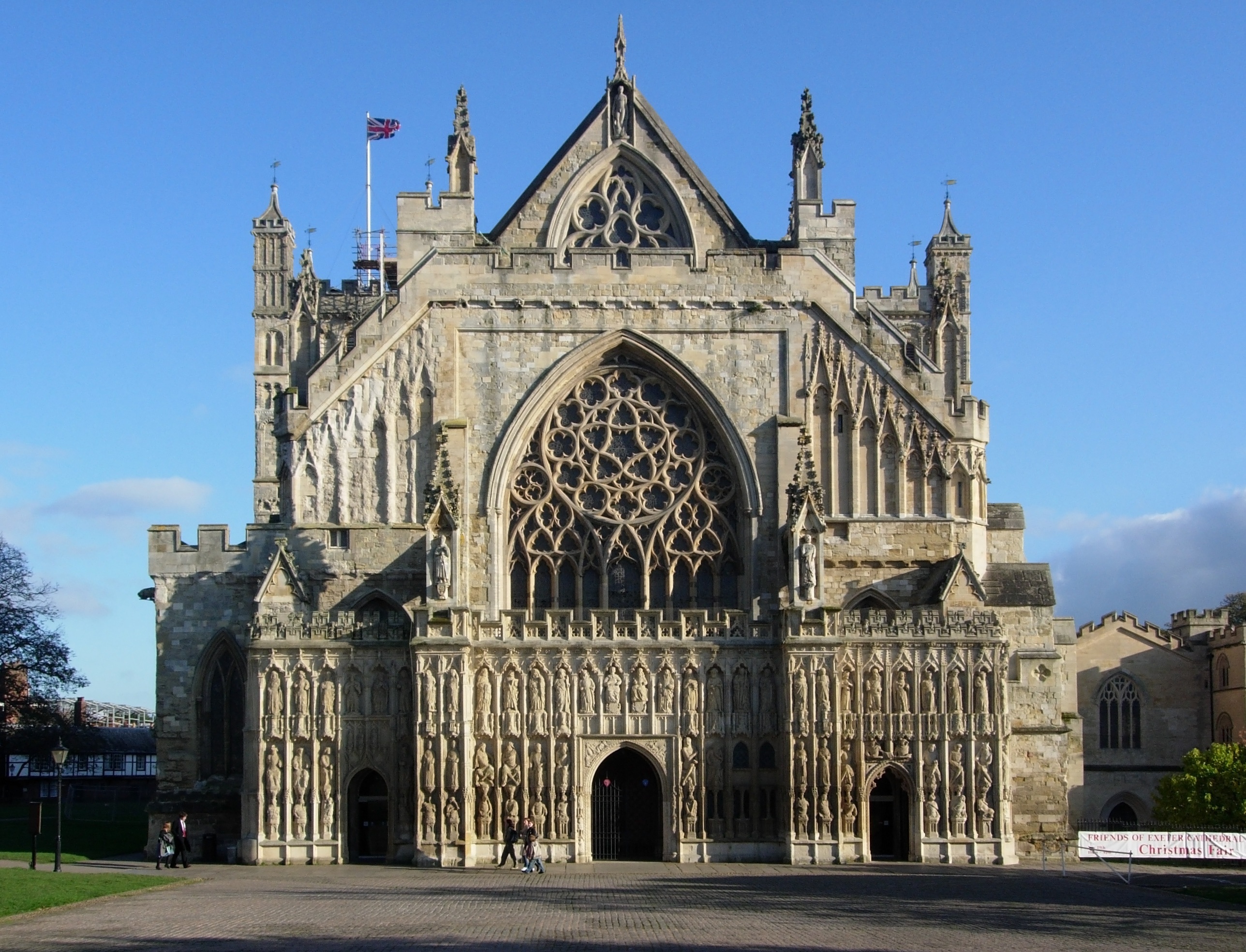Why we use BIM and why it’s great news for you!
What is BIM?
BIM stands for Building Information Modelling. It is a broad term that describes creating and managing digital information about a building. Essentially, it’s the way in which architects now design buildings.
It’s purpose is to have all the information about a project in one place, in order to allow better decisions to be made throughout the design process.
The benefits of using BIM
1. This technology takes about half the time that hand drawn designs used to take, but allows us to delve into much more detail on the plans
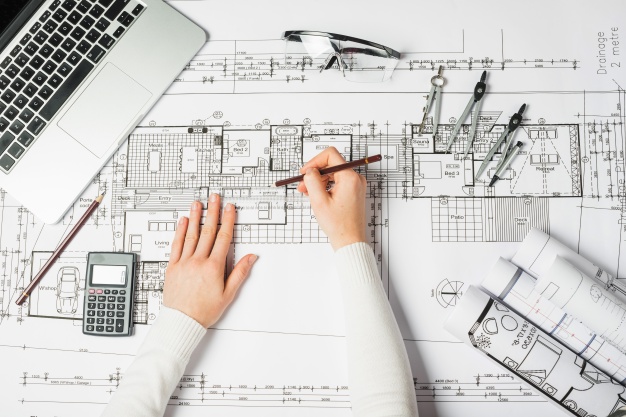
2. Communicating the design can be made very creative and exciting. Using Virtual Realty technology you can virtually step inside your future home!
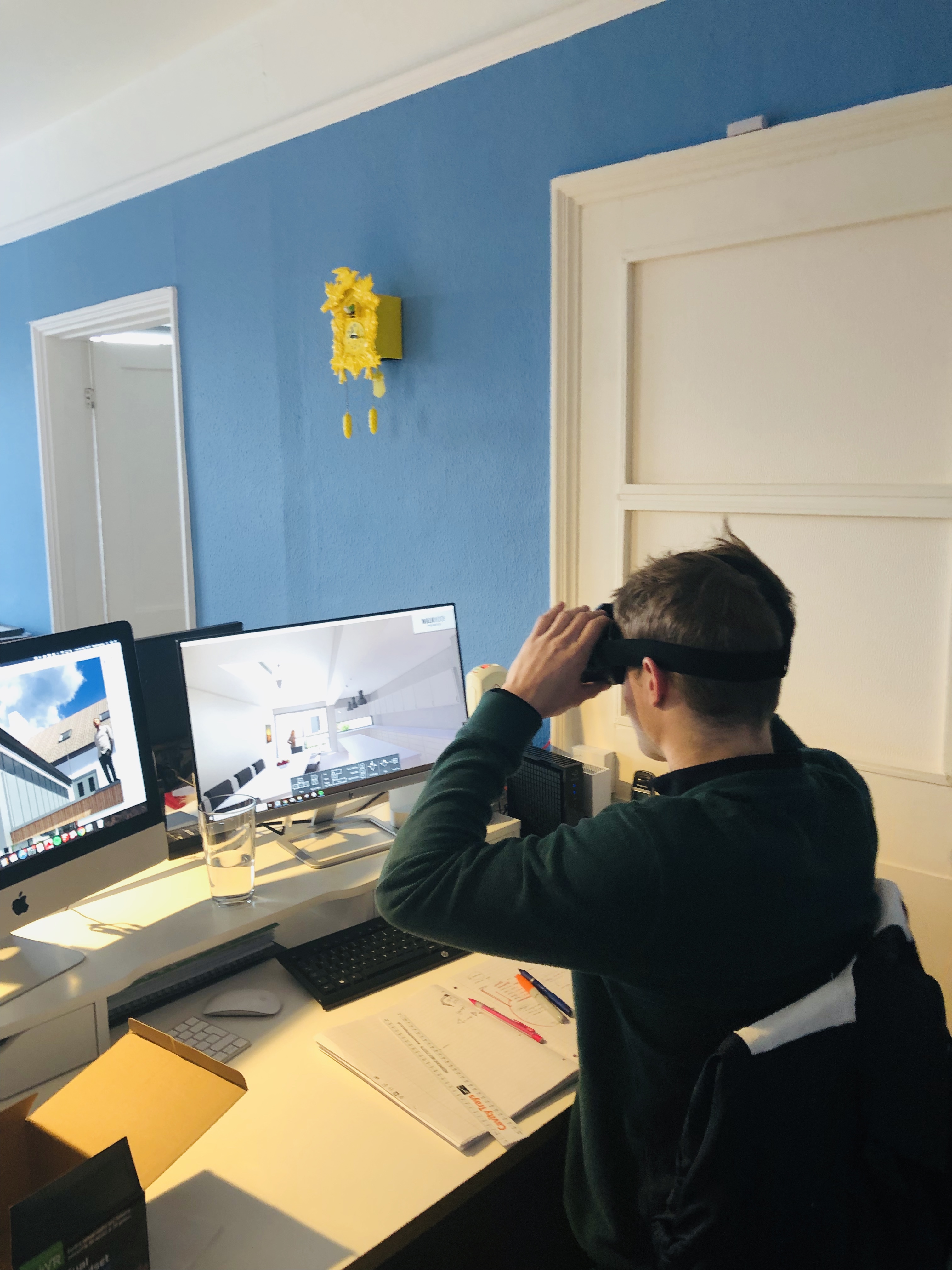
3. Facilitating collaboration has never been easier, several individuals can edit the design and input their ideas during meetings

4. Human error, although inevitable, can be reduced significantly as the design can be checked and corrected much quicker than with hand drawn designs
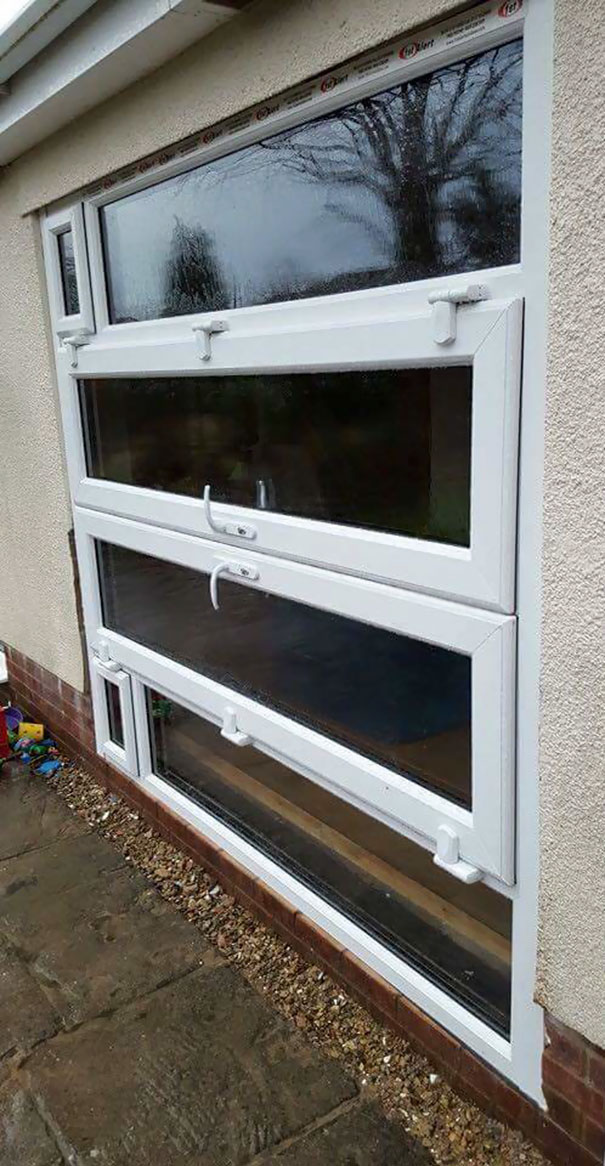
5. It makes changes to designs much easier. For example changing the size of windows can be altered at the click of a button and the roof height altered accordingly
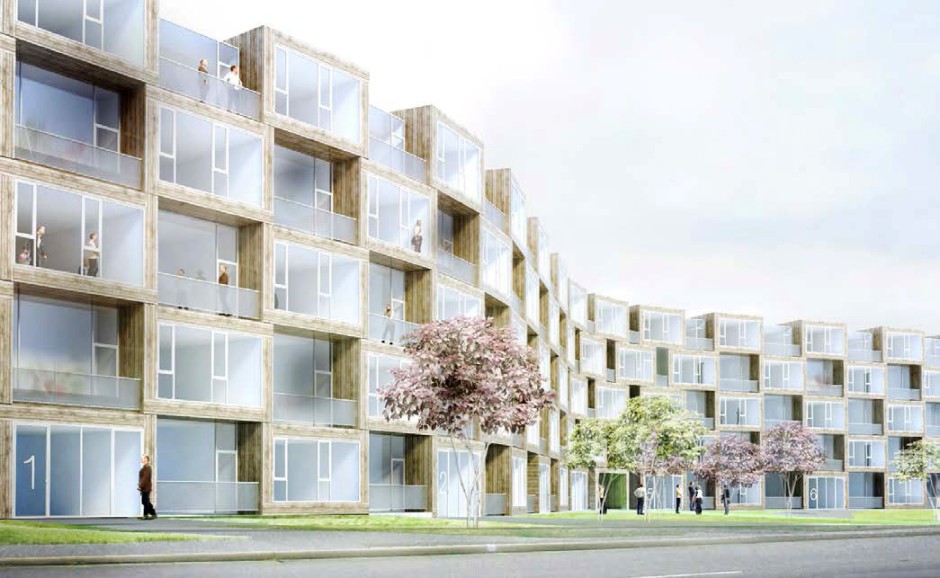
6. Having all of the information in one place also means that it is much easier to facilitate RFI’s when needed
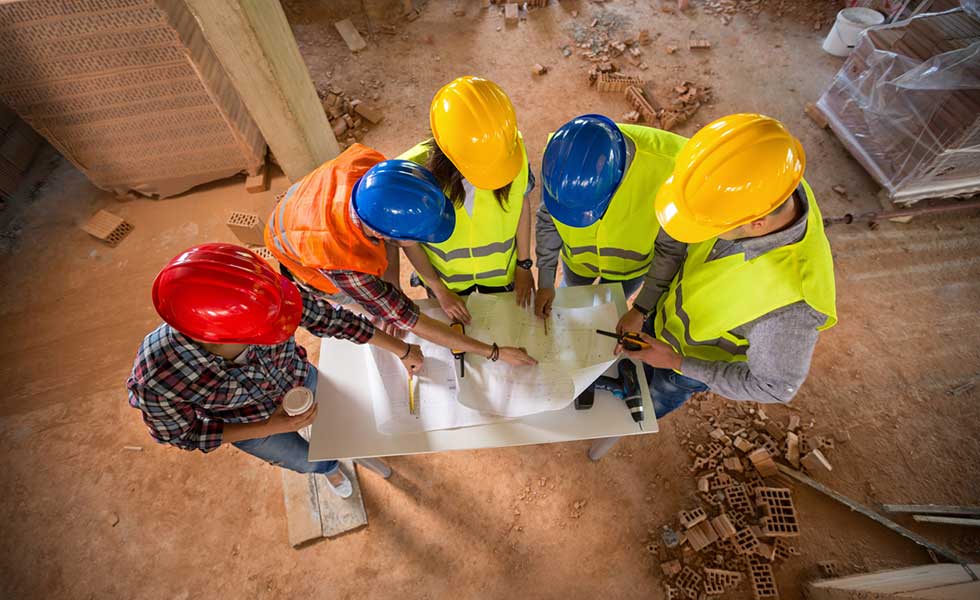
7. It considers the design as a whole, for example; aesthetics, material selection, access, maintenance and construction.
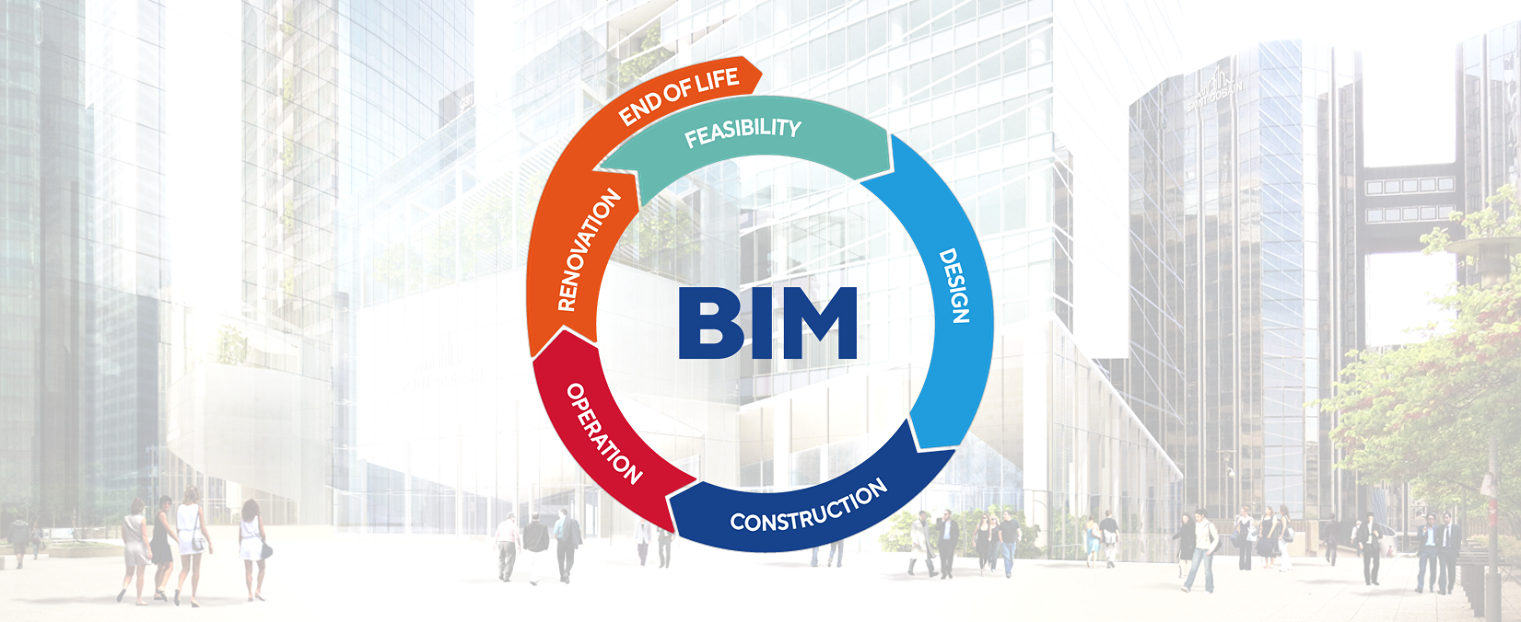
8. Provides spacial awareness and retains the feel of the original design


